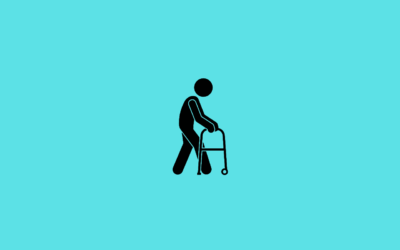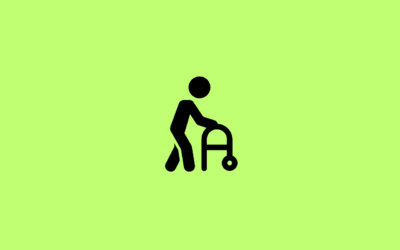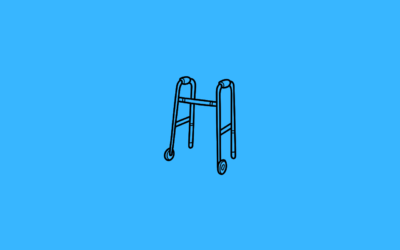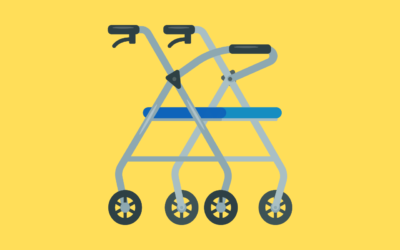Walking Aids
Struggling to walk can be an aggravating and painful process; walking aids help make walking independently easier. Depending on your needs, we have found a wide range of aids to help you, from simple cane walking sticks to high-tech walkers and rollators.
Disclaimer* Please note that some of this page’s links are affiliate links. Meaning if you click on them, we receive a small commission.
Last Updated on November 20, 2025 | Published: October 25, 2022
Our Pick of Top Walking Aids
Wheeled Aids
Wheeled aids are an example of a mobility aid, for instance, tri-walkers and rollators. These can help you stay steady on your feet and stay safe when out and about or even navigating around the home. They provide an extra sense of security and protection.
Tri Walkers
Tri Walkers are convenient for those who need assistance with mobility. They have three wheels and padded handles to make moving around smooth and comfortable for you. Your tri-walker may be folded up and stowed away easily in your vehicle’s boot or backseat.
Rollators
When getting about on one’s own becomes difficult, a walking aid such as a rollator. A rollator can provide more stability than a tri-three because of its four wheels. Check out some Rollators here.
Heavy Duty Rollators
Heavy Duty Rollators are larger-sized walkers built to last. They are made with a steel frame, thick padding, and solid brakes. The X-Treme Suspension Rollator is top of the line, with rear suspension and larger wheels.
Frames & Sticks
Frames & walking sticks are some of the oldest mobility aids and have been around for a long time. This is because these simple mobility aids are extremely effective and reliable.
Walking Sticks And Canes
Walking sticks and Canes can be stylish and useful for people who need a bit of extra support with mobility.
Crutches
Crutches are typically used by people with temporary injuries who need some extra support while letting their legs heal. Here are some modern crutches you can check out and the classic crutches.
Folding Crutches
Folding crutches are mobility aids you can fold and store in a bag. This then makes it easier for you to transport and travel with them easily; it also allows them to be stored away effortlessly.
Walking Frames
Walking frames can also be referred to as zimmer frames. These provide you or your loved ones support when walking. Check out a range of walking frames here.
Discover the Best 2-Wheel Walkers for Seniors in 2026
Maintaining mobility is crucial for seniors to stay active and independent, but balance and...
Best 3-Wheel Walkers with Seats and Baskets in 2026 – Practical and Popular Picks!”
Mobility aids have come a long way, offering solutions that combine practicality, comfort and...
Top 3-Wheel Walkers with Seats for Seniors in 2026 – Bestselling Choices!
Maintaining mobility and independence is crucial for seniors, and a 3-wheel walker with a seat...
Best 4-Wheel Walkers for the Elderly in 2026
Maintaining mobility is crucial for the elderly, but age-related challenges can make walking...
Best Crutches UK – Best Sellers 2026
Key Takeaways For Best Crutches Crutch Types:* Explore various crutch types for personalised...
Explore the Best Aluminum Rollators of 2026 – Lightweight and Durable Options!
Navigating daily life with ease and independence is essential for those with limited mobility, and...
Walking Aid Frequently Asked Questions
What is the most stable walking aid?
The most stable walking aid is a zimmer frame. This is because it has four legs and won’t move unless it is picked up and moved. This makes it a stable walking aid for people to use.
When should I use walking aids?
You should use a walking aid if you feel unstable on your feet and need support walking around. They can help reduce the risks of falling and getting injured while allowing you or a loved one to feel independent again.
How do I choose a walking aid?
When choosing a walking aid, you need to be objective. You should look at your needs, if you need something just to give you a bit of extra support, then a walking stick can be for you, or if you need something strong and supportive, then a zimmer frame may be best.
What do disabled people use to walk?
Disabled people can use any of the above products to help support them when walking around. But a zimmer frame has proved to be one of the most popular aids due to its maximised stability and support it can give,










